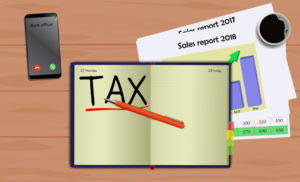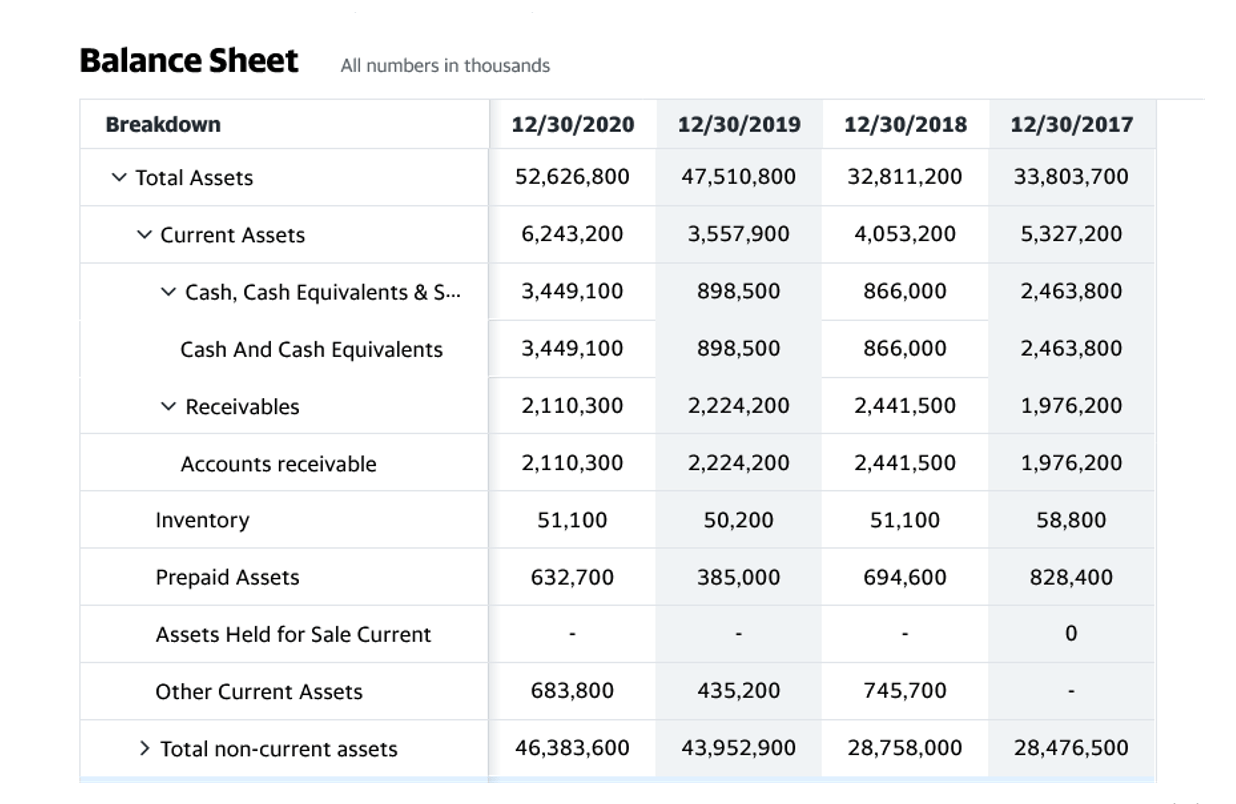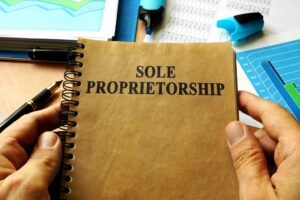
Inventory is a significant asset for dealerships and effective management is crucial for maximizing profitability and cash flow. What’s far more common than outright theft, however, are unnecessary expenses and missed revenue opportunities across the payment, contracting, and accounting processes that can end up costing your dealership significantly. Let’s take a closer look at some of the most common issues plaguing dealership accounting departments and discuss what steps you can take today to create a new profit center in your dealership. Dealer cash rebates reduce the cost of goods sold or may be passed on to customers as discounts.

Communicating Long Car Parts Delays With Service Customers
It helps them understand the profitability of each sale and make necessary adjustments to improve overall financial performance. Dealerships must also consider compliance with accounting standards such as Generally Accepted Accounting Principles (GAAP) or International Financial Reporting Standards (IFRS). These frameworks provide guidelines gross vs net on account classification and financial statement presentation, ensuring consistency and comparability. Additionally, dealerships should remain aware of tax implications, as certain accounts may have specific reporting requirements under the Internal Revenue Code (IRC). We have seen cases in which a dealer has incurred the cost of having the inventory done, but the office does not perform a reconciliation to the general ledger. Dealers must insist that the office perform a detail reconciliation which considers work in process, returns, and unrecorded purchases.

Unlocking Success: Navigating the World of Used Car Dealer Auctions

The dealer must be able to rely on the information presented on the monthly financial statements car dealership accounting and not have to worry about unanticipated adjustments. The most significant benefit of establishing consistent reconciliations is the ability to identify and rectify any discrepancies quickly. It mitigates the risk of major financial mishaps and maintains a dealership’s financial stability.
Q10: What if a dealership sells two cars in one day, each paid for with $10,000 cash separately?
These can all be used to monitor performance trends and help a dealership improve its profitability. The reconciliation process involves meticulous comparisons and verifications of financial records to identify discrepancies or errors. Top-tier auto dealer accounting software packages include more detailed data analysis tools for deeper insights into sales trends, profit margins, and inventory turnover rates. Incorporating specialized accounting expertise and maintaining an iterative review process is not merely about compliance but strategic imperatives to boost profitability and Bookstime operational efficiency in a competitive market.

The Essential Guide to Car Dealership Accounting
- Financial reporting is crucial for maintaining transparency and building trust with stakeholders.
- Fraud and embezzlement are not the most common causes of profit loss in accounting, but they can be the most difficult to confront and, in cases where they go undetected for long periods of time, the most financially damaging.
- If the “new-other” sales account on your DMS has a lot of sales recorded, the office manager hasn’t kept up with changing sales accounts.
- It connects company strategy to day-to-day operations by providing a unified, transparent, and efficient workflow environment.
- Service contracts, which provide extended maintenance and repair coverage, require revenue recognition over the contract’s life.
- Inventory is a significant asset for dealerships and effective management is crucial for maximizing profitability and cash flow.
This will prevent the discrepancy from growing, resulting in a large difference at the time of the inventory. It is important to institute controls to ensure that your parts inventory balance as reflected on your general ledger is accurate. Dealers should strongly consider hiring an outside service company to perform an annual parts inventory, especially if an inventory has not been done in several years. With dealer’s profits soaring in recent years, this should not be considered an unreasonable expense.
